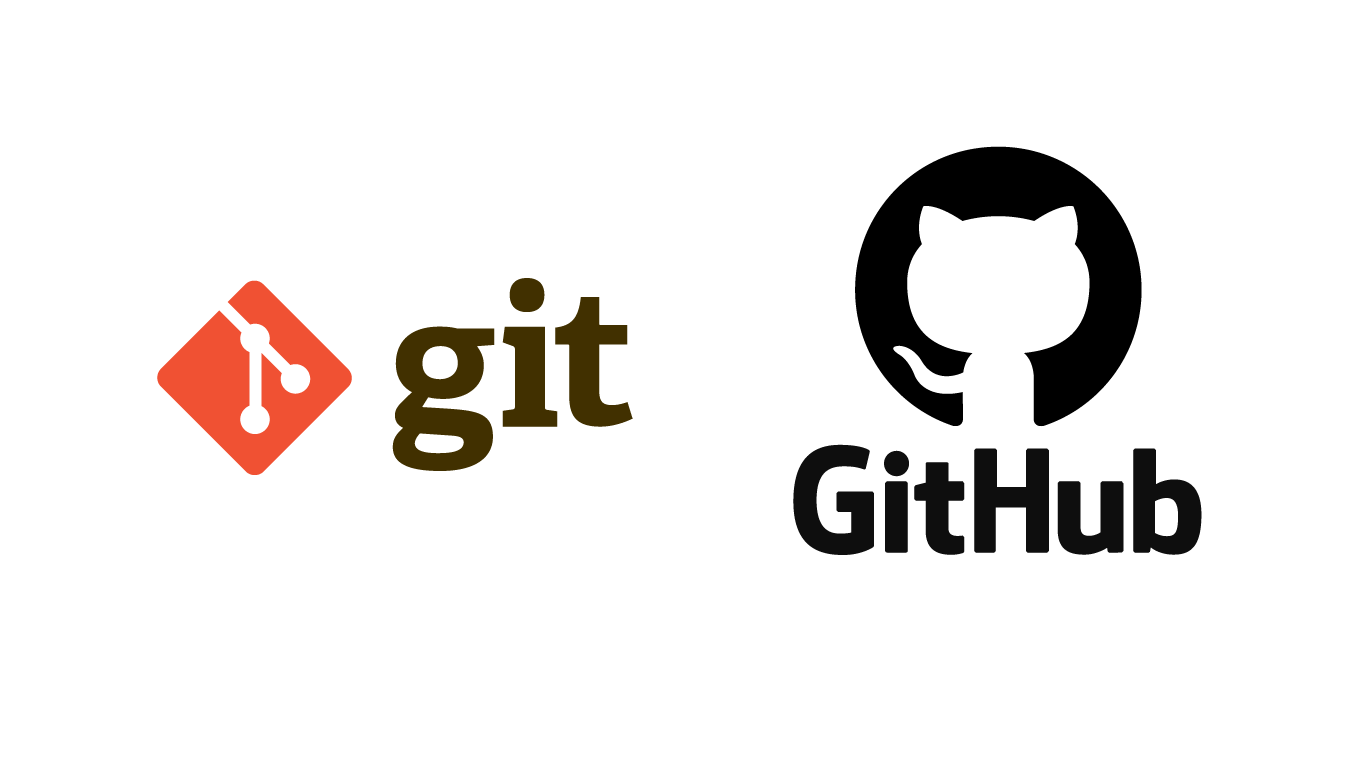From Git to Branching: Navigating the Core of Modern Version Control
 Nahid
Nahid
In modern software development, version control systems have become essential tools for managing codebases, allowing multiple developers to collaborate seamlessly. Git, the most widely used version control system, stands out due to its flexibility, speed, and distributed nature. One of the most powerful features of Git is branching, which allows developers to work independently on new features, bug fixes, or experiments without affecting the main project. In this blog post, we will dive into Git and branching, explaining how they work together to streamline development processes and manage complex codebases effectively.
What is Git?
At its core, Git is a distributed version control system. It allows developers to track changes in their code, collaborate on projects, and revert to previous versions if necessary. Unlike older version control systems, Git doesn’t rely on a central server; instead, every developer has a complete copy of the project’s history on their local machine. This decentralized approach makes Git fast and efficient, especially when working on large projects or across geographically dispersed teams.
Key Features of Git:
Version History: Git tracks all changes made to a project’s code, creating a detailed history of the project’s development.
Collaboration: Multiple developers can work on the same project, simultaneously making changes and merging their work later.
Distributed Architecture: Each developer has a local copy of the repository, including the entire history, enabling offline work.
Branching: One of the most powerful features of Git, allowing developers to create independent versions of the project to test new ideas or develop features.
The Role of Branching in Git
Branching is a fundamental concept in Git, enabling parallel development without impacting the main codebase. When developers work on a new feature, bug fix, or experiment, they create a branch. A branch is a pointer to a specific commit in the project's history, allowing developers to diverge from the main project and make changes independently.
Here’s why branching is so powerful:
Isolated Development: When you create a branch, you're creating an isolated environment for your work. This means that changes made in the branch don't affect the main project (often the
masterormainbranch).Safe Experimentation: Want to try a new feature or make changes without risking the stability of the main project? You can do this in a branch. If it works, you can merge it into the main branch; if not, you can discard it without any impact.
Parallel Workflows: Multiple team members can work on different branches at the same time, speeding up development. For instance, one developer might be working on a new feature, while another is fixing a bug—all in separate branches.
Efficient Merging: After completing work on a branch, developers can merge it back into the main branch, integrating their changes. Git provides tools like
git mergeandgit rebaseto combine branches efficiently, handling conflicts that might arise when multiple people have changed the same part of the code.
Common Branching Strategies
There are several common branching strategies in Git that teams use to maintain a clean, manageable workflow:
Feature Branching: In this model, each feature or task is developed in its own branch. Once complete, the feature is merged back into the main branch. This strategy is especially useful for managing larger projects with multiple ongoing tasks.
Git Flow: A structured workflow where the
masterbranch contains only production-ready code. New development happens in adevelopbranch, while specific features, releases, or hotfixes are handled in their own branches.Trunk-Based Development: A simpler approach where developers work directly in the main branch (or trunk), creating short-lived branches for minor fixes. Changes are integrated into the trunk as quickly as possible.
Release Branching: Some teams create specific branches for each release. This allows developers to make hotfixes or patches on older versions while continuing to work on new features.
Branching Best Practices
While branching is a powerful feature, it’s important to use it effectively. Here are some best practices:
Keep Branches Short-Lived: Don’t let branches linger for too long. Merge them back into the main branch once the work is complete to avoid conflicts.
Use Descriptive Branch Names: Naming branches clearly (e.g.,
feature/login-page) makes it easier to manage multiple branches, especially in a team setting.Test Before Merging: Always test your code before merging it into the main branch to ensure it doesn’t break anything.
The Importance of Branching in Modern Development
Branching in Git is more than just a convenience; it’s a vital part of modern software development. It allows teams to:
Increase Development Speed: By enabling developers to work on multiple features or fixes simultaneously.
Improve Collaboration: Each team member can work independently without waiting for others to finish their work.
Ensure Stability: The main branch remains stable because experimental or incomplete features are developed in isolated branches.
Conclusion
Git’s branching model is a key feature that empowers modern development workflows, providing flexibility and control over code changes. By allowing developers to isolate their work, test new ideas, and manage parallel tasks, branching streamlines collaboration and ensures the stability of the main project. Whether you're working on a small solo project or managing a large team of developers, mastering Git and branching is essential to achieving efficient version control and smooth software delivery.
Subscribe to my newsletter
Read articles from Nahid directly inside your inbox. Subscribe to the newsletter, and don't miss out.
Written by

Nahid
Nahid
I am Mozahidul Islam Nahid, an engineer driven by a passion for continuous learning and growth. With six years of diverse professional experience. Which includes one year as DevOps engineer and four and a half years as administration and procurement specialist. Now I am dedicated to advance my career in DevOps engineering and cloud engineering.I am particularly passionate about server management and ongoing maintenance of websites post-deployment and I aspire to be a crucial part of these essential tasks for any company . Thank you!